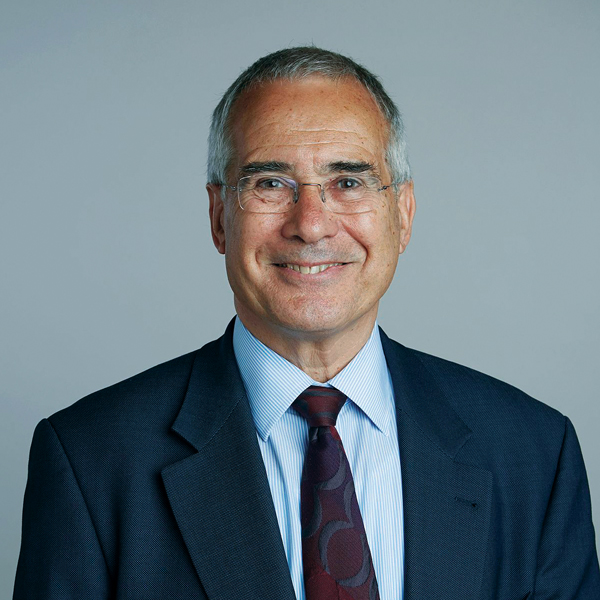LSE


Fortunately, there is a different and much more attractive path of sustainable and inclusive development available to us. Further, the world is awash with savings and there are tremendous opportunities in new and sustainable investment. The challenge is to set in place the policies that can pull through those opportunities into real projects and programmes, and to generate the right kind of finance in the right place, at the right time. This is where the multilateral banks working with the private sector are so important. And it is where the recommendations of the EPG are so relevant.
First, the MDB can help create the governance, policies and human capital which together provide the investment climate, particularly for infrastructure, which can translate investment opportunities into reality. Improving the MDBs ability to do exactly this was a key recommendation of the EPG. Second, those investments are much more likely to materialise if there is in place what we call in the EPG a strong country platform. This means a clear plan, with priorities, for investment in the country, with infrastructure at centre stage. This makes it much easier for all investors to see the opportunities, how they are related and how they support each other, and to further help investors to see where their particular strengths could be most effectively applied. Both in helping the country shape its country platform and investing in it, the MDBs can work much more effectively as a group than they have in the past. Indeed, working more effectively as a group was a key recommendation of the EPG.
A strong investment climate and a clear country platform reduces risk, lowers the cost of capital and enhances investment for both private sector and other actors. There is much more the MDBs can do on the finance side to bring the right kind of finance at the right scale at the right time. The presence of the MDBs itself reduces risk because government interference becomes less likely if the MDB is a part of the story. The MDB can be a trusted convenor and put financing coalitions and syndicates together to share risk. The MDB, through its ability to take equity and offer guarantees can help take projects through the early and particularly risky stages. And the MDB can develop particular skills, for example as the EBRD has in energy efficiency, which sharpens the effectiveness of projects. The MDBs have enormous potential not only for bringing projects through but also for financing them in a way that enables the private sector to play a strong role.
It is crucial that public finance, private finance, ODA and international flows come together. An MDB system working more closely as a group to enhance the investment climate, develop country platforms, and manage and reduce risk could play a central role. In so doing, it could greatly enhance its private sector multipliers; the recommendation to increase these multipliers, and methods to do so were at the heart of the EPG report.
For all these reasons, the implementation of the recommendations of the EPG report would be of immense value both to the sustainable development of the world as a whole, and to the private sector taking an expanded and central role.

He was knighted in 2004, made a cross-bench life peer in 2007 and appointed Companion of Honour in 2017 for services to economics, international relations and tackling climate change.